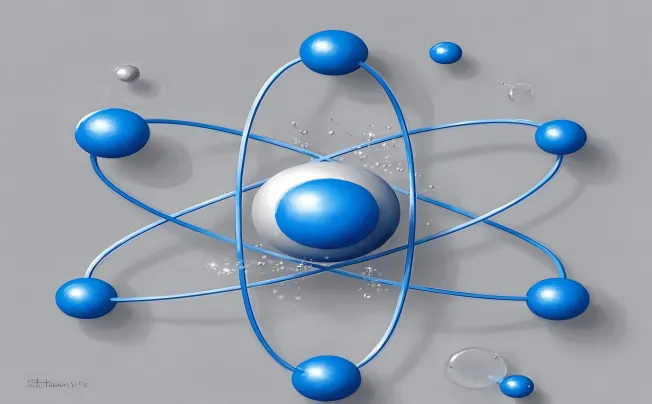What is 100% Silicone and Its Basic Composition?
100% silicone is an extremely flexible and long-lasting polymer made from a combination of silicon, oxygen, carbon, and hydrogen. Its basic make-up focuses on its special framework, which offers it unique residential properties that are commonly made use of throughout various sectors.
The standard foundation of 100% silicone is obtained from silicon (Si) and oxygen (O) atoms, which develop lengthy chains of rotating silicon and oxygen atoms, known as siloxane bonds. These bonds are the structure of the silicone polymer, giving the material with its amazing adaptability, warmth resistance, and toughness.
Trick Components of 100% Silicone
Silicon, a chemical component with the sign Si, is a metalloid with attributes of both steels and non-metals. It is bountiful in the Earth's crust, mainly in the type of silicon dioxide (SiO2) and silicates. Via a reduction process, silicon is drawn out and cleansed, making it suitable for industrial use. In silicone manufacturing, silicon functions as the backbone of the polymer structure, providing toughness and security.
Oxygen, represented by the symbol O, is a highly reactive non-metal important to numerous chemical processes. In the context of silicone, oxygen atoms connect with silicon atoms to form siloxane bonds (Si-O-Si). These bonds are integral to the silicone polymer chain, imparting versatility, resilience, and resistance to ecological factors such as warmth, wetness, and chemicals.
The communication between silicon and oxygen with siloxane bonds causes a functional material with exceptional residential or commercial properties. This special chemistry allows silicone to keep its efficiency throughout a large range of temperatures and problems, making it indispensable in many markets.
The Role of Siloxane Bonds in Silicone Materials
The defining attribute of silicone materials is the visibility of siloxane bonds, which create the foundation of their molecular framework. These bonds are made up of alternating silicon (Si) and oxygen (O) atoms, producing a flexible and durable chain that presents special homes to silicone.
Siloxane bonds can be stood for by the general formula R2SiO, where "R" means organic groups such as methyl, ethyl, or phenyl.
The siloxane bond arrangement gives silicone its particular adaptability, thermal stability, and resistance to ecological elements. These homes make silicone extremely valuable in different applications, from clinical tools to electronics.
In addition, the ability to present various organic groups (R) right into the siloxane chain enables the personalization of silicone products to fit particular needs. This versatility is just one of the reasons 100% silicone is chosen in industries that demand high-performance products.
How Silicone is Manufactured and Processed
The manufacturing and handling of 100% silicone include several vital actions, starting with the removal of raw products and finishing the manufacturing of various silicone items. The main parts, silicon, and oxygen, originated from silica, which is a normal happening mineral located in sand and quartz. The first phase entails the decrease of silica in an electric arc heating system utilizing carbon, generating silicon steel and carbon dioxide as a result.
As soon as silicon steel is obtained, it goes through a process called chlorosilane synthesis, where silicon reacts with methyl chloride in the existence of a catalyst. This response yields a blend of organosilicon compounds, consisting of methylchlorosilanes, which are important intermediates in silicone manufacturing. The combination is then distilled to divide the preferred compounds, primarily dimethyldichlorosilane, which acts as the structure block for silicone polymers.
The next stage involves the hydrolysis and polycondensation of dimethyldichlorosilane. Throughout hydrolysis, the compound reacts with water, causing the formation of silanols and the launch of hydrogen chloride gas. Subsequently, these silanols go through condensation responses, creating siloxane bonds (Si-O-Si), which are the foundation of silicone polymers. This procedure can be managed to create a selection of silicone materials with various molecular weights and properties, ranging from low-viscosity fluids to high-strength elastomers.
Post-polymerization, silicone can be further refined right into numerous types, such as gels, foams, adhesives, and sealers, depending upon the intended application. This versatility is attained through added chemical modifications, such as cross-linking or intensifying with fillers and ingredients, which boost particular residential or commercial properties like warm resistance, flexibility, or adhesion.
Comparing 100% Silicone to Other Types of Silicone Materials
When evaluating 100% silicone in contrast to other kinds of silicone materials, it's important to consider their special structures, residential properties, and applications. 100% silicone is usually promoted for its purity and remarkable performance characteristics, which can considerably differ from those of other silicone variants that may include fillers or ingredients.
Among the main differences depends on the purity of 100% silicone. As its name suggests, 100% silicone is composed entirely of silicone polymers, with no included materials. This high level of purity guarantees enhanced resilience, flexibility, and resistance to environmental elements such as UV radiation, ozone, and severe temperature levels. In comparison, other silicone materials, such as silicone blends or hybrid silicones, might have numerous additives that can affect these buildings.
Another substantial aspect to take into consideration is the application and performance in particular contexts. 100% silicone is specifically preferred in sectors where maximum efficiency and dependability are essential, such as in the clinical, aerospace, and automotive sectors. The absence of fillers and additives minimizes the risk of material destruction and enhances the longevity of the item.
In comparison, silicone materials with added fillers could be made use of in applications where cost-effectiveness is a concern, and the highest degree of performance is not always needed. These materials can offer enough performance for everyday usage but may not provide the same level of dependability under extreme problems.
Moreover, the processing and manufacturing of 100% silicone can vary from other silicone kinds. The absence of fillers in 100% silicone commonly causes a much more uncomplicated treatment process and fewer complications during manufacturing, ensuring a regular top-quality end product. Alternatively, silicones with additives might call for more facility processing techniques to achieve the wanted buildings and performance requirements.








